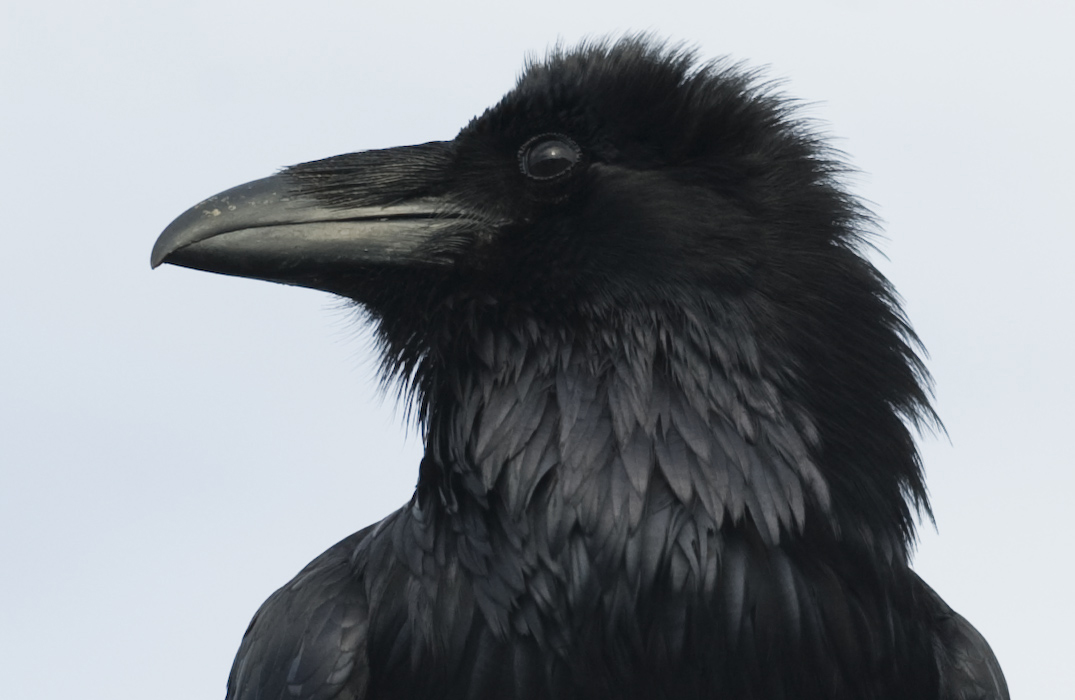
Price and value are frequently inversely correlated. When one is up the other is down.
The price of Raven Industries (NASDAQ: RAVN)shares certainly suggest value. Raven’s shares are down nearly 55% since peaking in December 2013. Today, they trade under $19. It’s easy to understand the decline.
Raven is a diversified maker of agriculture equipment. This includes field computers, GPS and assisted-steering systems, and yield monitoring planter controls. Raven also makes an array of industrial films and sheeting for energy companies. These are solid business, which have served Raven well over the years. Unfortunately, many of Raven’s customers aren’t well served by commodity prices.
In 2013, West Texas Intermediate crude was trading above $100 a barrel. Corn, the largest U.S. cash crop, was selling for $7 a bushel. Today, WTIC sells below $45 a barrel; corn sells below $4 a bushel. As commodity prices go, so goes the fortunes of many of Raven’s customers.
Raven’s businesses are solid, but they’re also cyclical. Its sales and operating income ebb and flow. In fiscal year 2013, Raven’s sales posted at $406 million; operating income posted at $78 million. Sales today are off 7%, and operating income is off 42%. Raven’s share price is off 55%.
The good news is that a steep price decline in a cyclical company can lead to an exceptional investment opportunity. Raven’s last steep price decline occurred in 2008-2009. Its share price peaked at $23 and then dropped to $8 by March 2009. (Keep in mind, this was the depth of last recession.)
By 2011, Raven’s shares had recovered to $30. Sales of $279 million had recovered to $382 million (after bottoming at $238 million). Operating earnings increased 30%, but earnings per share increased 63%.
With cyclical companies, you want to buy when business abates and the outlook is dour. To be sure, investors are understandably nervous buying into a downtrend. What if this time is different and there is no coming back?
Raven is coming back. Its rock-solid capital structure all but guarantees a return. Raven caries no long-term debt. At the same time, it carries an enviable current ratio of 6 – current assets cover current liabilities six times over. What’s more, it has a quick ratio in excess of 1, so cash alone more than covers all current liabilities. No matter how prolonged the slump, Raven is impervious to a “liquidity crisis.”
A Small-Cap Dividend Machine
With the right capital structure, like Raven has, you can maintain dividends through thick and thin. Raven has paid a dividend since 1972, and each year the dividend has increased. What’s more, that dividend – now yielding 2.8% – is supplemented every few years with special dividends.
Keep your eye on the horizon, and you’ll see blue skies. The outlook for North American agriculture is positive. The world’s population is both rising and becoming wealthier. The U.S. Department of Agriculture estimates that annual U.S. corn exports will increase to 63.5 million tons by 2024 from 39 million tons in 2014.
As for U.S. oil production, the Energy Information Administration believes we are near a bottom. Prices are expected to average higher over the next couple years.
Today, Raven’s price confers legitimate value. The current trailing price-earnings multiple of 24 seems high, but only because earnings are in down-cycle depression. During the cycle depression is when you buy an outstanding cyclical company. Investors who have bought Raven during downturns in the past have seen as much as 50% gains in annual returns when the cycle turned up.
Source: http://www.wyattresearch.com/article/small-cap-dividend-grower/




22 thoughts on “The Best Small-Cap Dividend Grower You Can Buy Today”
Comments are closed.